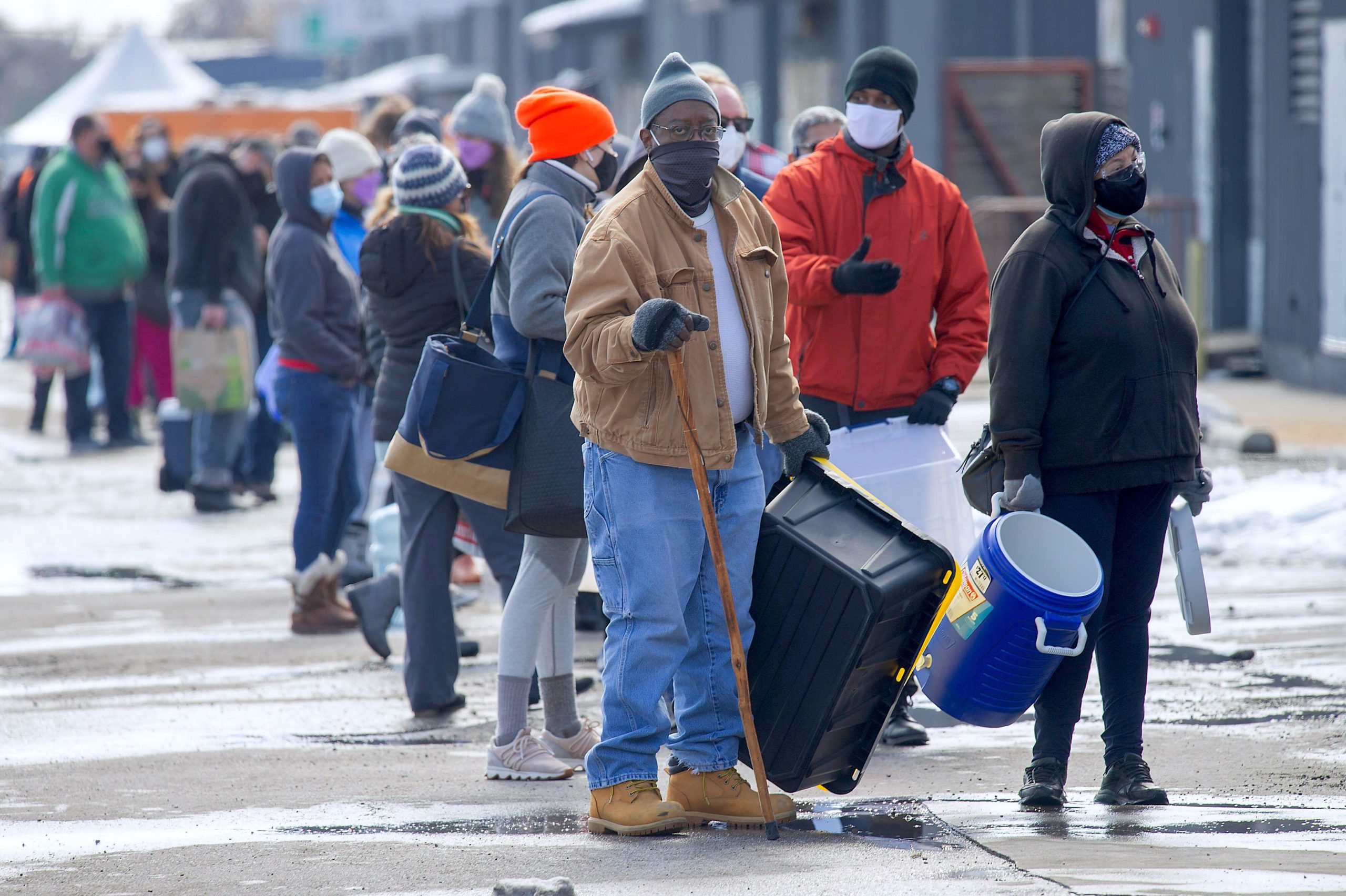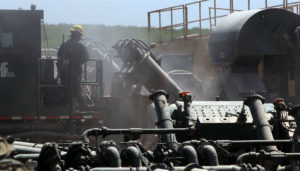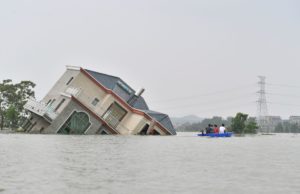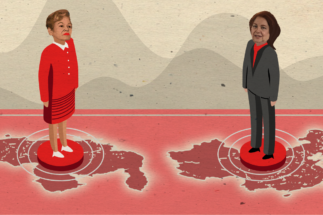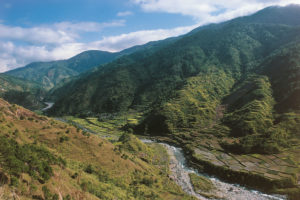The extreme cold that stretched across half the United States earlier this month caused unprecedented power outages in the central part of the country, and particularly in Texas. Millions of people were left without power as the state’s grid operator, the Electric Reliability Council of Texas (ERCOT), struggled to meet historic demand for electricity even as generators, mostly gas-fired power plants, malfunctioned due to the freezing weather or were unable to secure fuel to operate.
Similar to the blackouts in California last summer, the root causes of the emergency are complex and will take months to fully assess. But already, there is a proliferation of false or misguided statements suggesting that Texas’ large share of wind-generated electricity was a dominant factor in the outages, and that only fossil fuel-based power plants can ensure grid reliability and resilience. Not only are these assertions not true, but they deflect from the real work that needs to be done to prevent a repeat.
Over 40%
of Texas’ coal, gas, and nuclear power stations went offline last week due to the extreme cold.
As is being demonstrated time and again, fossil fuel-based power plants, and the power systems we have built around them for the past hundred years, are uniquely vulnerable to the extreme weather now becoming commonplace due to climate change. And rather than seeking false solutions based on the past, i.e. doubling down on costly and insecure fuel-reliant and centralised power systems, the present crisis should be addressed in a forward-looking manner that responds to the root causes of the problem.
Systemic challenges, not renewables, are causing outages
A fundamental driver of both the ongoing Texas blackouts and last year’s experience in California is climate change. It makes both extreme heat and extreme cold events more commonplace, and stresses systems, including both power plants and the grids that connect them to customers, beyond design conditions developed for last century’s weather.
In Texas, the outcomes of this month’s extreme cold event are showing up both on the demand side and the supply side of the electricity system. On the demand side, about 60% of Texans use electricity to heat their homes, and the vast majority of those homes use inefficient resistance heating, not modern and highly efficient heat pumps. So when temperatures dropped to near-record lows across a wide swathe of the state, electricity demand soared to levels well outside of the contingency plans. In short, ERCOT hadn’t anticipated the levels of electricity demand that climate change can create.
High demand in the minority of Texas homes that rely on gas for heating also led to problems for the electricity grid. First, gas supply overall was limited due to cold temperatures that limited flow through gas pipelines. Second, the gas supply that was available was prioritised for building heating, leading to further shortages at power plants. And even if gas could get to gas-fired power plants, they often didn’t work: the frigid temperatures also caused mechanical failures at gas-fired generators themselves.
Planners and policymakers must account for the ‘new normals’ facing the grid.
And while there were some failures in wind generation due to icing, it’s important to distinguish between the minor contributions that ERCOT expects from wind during emergencies like this, versus the starring role that the grid operators expect gas-fired generators to play in meeting peak demand. Wind turbine icing is the “least significant factor” in driving the outages, according to an ERCOT spokesperson. Additionally, it is notable that this is a relatively straightforward problem to solve. For example, in Canada “cold weather packages” allow wind turbines to operate in very low temperatures.
Moreover, grid planners know and expect that wind power is often unavailable during system peaks, and instead leverage wind for its primary benefit: cost-effective and pollution-free power whenever the wind is blowing. On the other hand, a primary justification for fuel-dependent generation is its theoretical ability to generate regardless of the weather, which has not been realised in practice in Texas last week, with over 40% of the coal, gas, and nuclear fleet offline due to the cold.
Systemic solutions are the only path forward
To respond to such a fundamental disruptor as climate change, and its impacts not only on the electricity grid but also on the energy economy as a whole, we need to look beyond the familiar strategies rooted in last century’s technology. Such legacy solutions typically focus on “hardening” individual elements of the grid but fail to address the interdependencies and emerging risks that can create widespread and catastrophic power outages.
Three categories of solutions that move beyond backward-looking solutions can begin to mitigate these risks. First, grid planners and policymakers must account for the “new normals” facing the grid. In particular, climate change-driven extreme weather events (including heat, fire or cold snaps) must be accounted for in planning – as well as their interplay with emerging electrification trends (in both vehicles and buildings) that make electricity even more critical.
Second, the industry should transition away from legacy resilience approaches and toward solutions that acknowledge 21st-century risks and leverage appropriate technology to address them. Technologies including targeted energy efficiency, demand flexibility, community-scale and rooftop solar PV, battery storage systems, and advanced distribution system controls are located close to end-users, and can thus maintain service to critical facilities and loads during broader grid outages. Such technologies can also deliver economic value during normal grid operations and support community energy goals, and therefore provide lower-cost and higher-value resilience than costly investments in redundant fossil fuel generators.
Third, the industry must also continue to prioritise investments that modernise aging grid infrastructure. To achieve the carbon emissions reductions necessary to avoid the worst effects of climate change and thus truly address a leading root cause of grid instability that will otherwise get worse, we must expand electricity grids to power greater shares of the economy. Doing so with resilience in mind from the start can lower the costs and risks associated with the transition. For example, expanding transmission networks to access low-cost renewable energy resources can also boost diversity of supply, improving reliability and resilience of the grid to extreme weather-driven disruption.
Utilities large and small are already proving the case for these solutions to grid reliability and resilience in a rapidly changing climate and energy system. And though some of the required changes may be unfamiliar, the cost of inaction is high. We will have few opportunities to reimagine grid resilience to effectively respond to emerging risks. We will have even fewer opportunities to do so in a cost-conscious way that achieves resilience by design, rather than as a costly adder only after the effects of climate change become ever more dire.
This article was first published on RMI.org.
